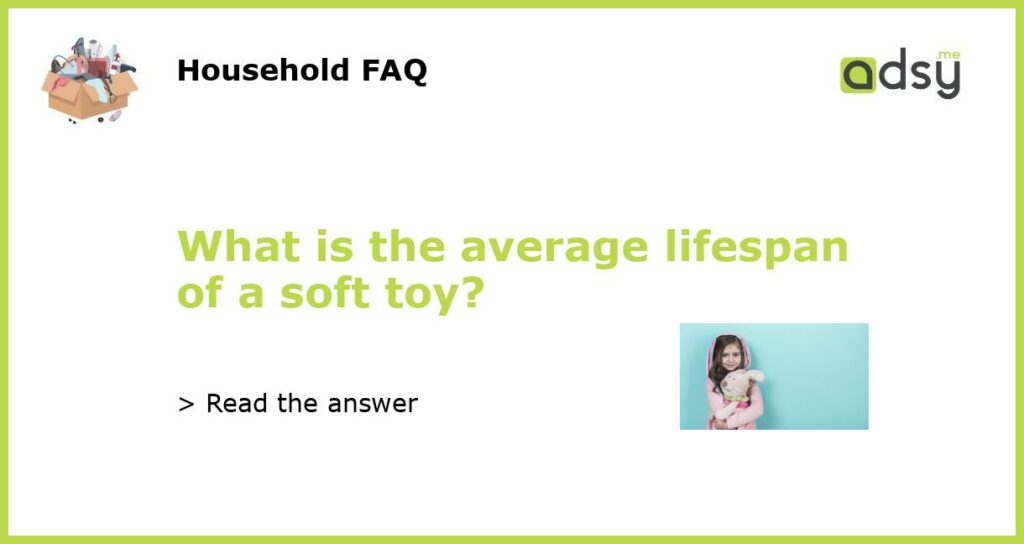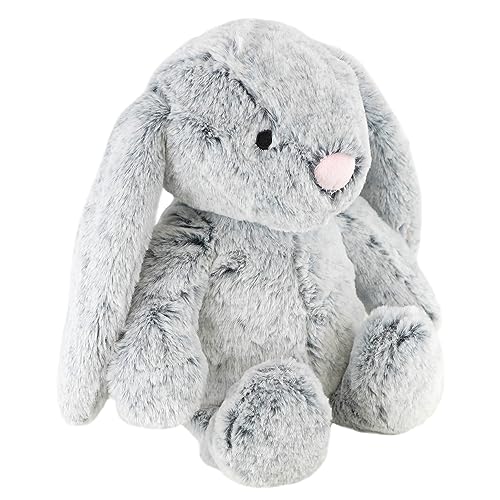The Average Lifespan of a Soft Toy
Soft toys, also known as stuffed animals or plush toys, have been a beloved childhood companion for generations. They often hold sentimental value and may be cherished for many years. However, like any other object, soft toys eventually age and wear out. The average lifespan of a soft toy can vary depending on various factors, such as the quality of the toy, its usage, and the care it receives.
The Quality of the Soft Toy
The quality of a soft toy plays a significant role in determining its lifespan. Higher-quality toys are usually made with durable materials and are constructed to withstand the wear and tear of playtime. These toys are often better stitched and have reinforced seams, which can prevent them from unraveling or falling apart easily. On the other hand, low-quality toys may be prone to tearing, losing stuffing, or having parts come loose. They may not last as long and may require frequent repairs or replacements.
When purchasing a soft toy, it is important to check its quality. Look for toys made by reputable manufacturers who prioritize quality and safety. Reading reviews and checking product specifications can also give you an idea of how well the toy is made and whether it is likely to last.
Usage and Care
The way a soft toy is used and cared for can greatly impact its lifespan. If a toy is often subjected to rough play or used in outdoor environments, it is more likely to wear out faster. Similarly, if a soft toy is frequently washed or exposed to harsh cleaning agents, it may lose its softness and become less durable.
To extend the lifespan of a soft toy, it is important to handle it with care. Avoid pulling or stretching the toy excessively, as this can damage seams or cause stuffing to come out. Keep the toy away from pets who may chew or damage it. Regularly inspect the toy for any signs of wear and tear, such as loose or detached parts, and promptly repair or replace them.
When it comes to cleaning soft toys, it is best to follow the manufacturer’s instructions. Many high-quality toys are machine-washable, but others may require hand washing or spot cleaning. Using gentle detergents and avoiding high heat or harsh cleaning agents can help preserve the toy’s quality and extend its lifespan.
Children’s Attachment and Emotional Connection
A child’s attachment to a soft toy can significantly impact its lifespan. Some children become deeply attached to their soft toys and develop a strong emotional connection with them. These toys may receive constant attention and be involved in various activities, leading to more wear and tear.
However, a child’s emotional connection with a soft toy can also lead to them taking extra care of it. They may become more conscious of how they handle and play with the toy, which could help extend its lifespan. Additionally, some children continue to cherish their soft toys well into adulthood, keeping them as cherished mementos or passing them down to future generations.
The average lifespan of a soft toy can vary depending on its quality, usage, and care. Well-made toys are more likely to last longer, while low-quality toys may deteriorate quickly. Gentle usage, proper care, and following the manufacturer’s cleaning instructions can help extend the lifespan of a soft toy. Additionally, a child’s emotional attachment to a soft toy can impact how long they keep and cherish it. Ultimately, the lifespan of a soft toy is determined by various factors, but with proper care and attention, it can bring joy and comfort for many years.






